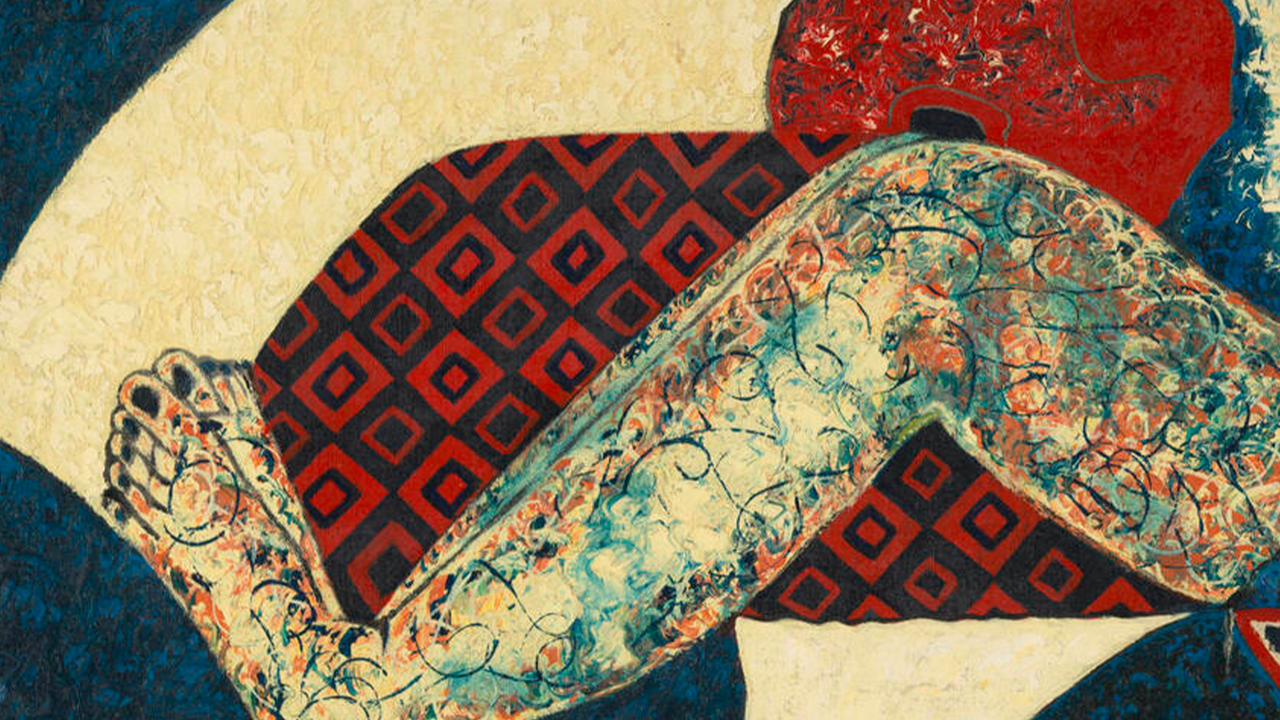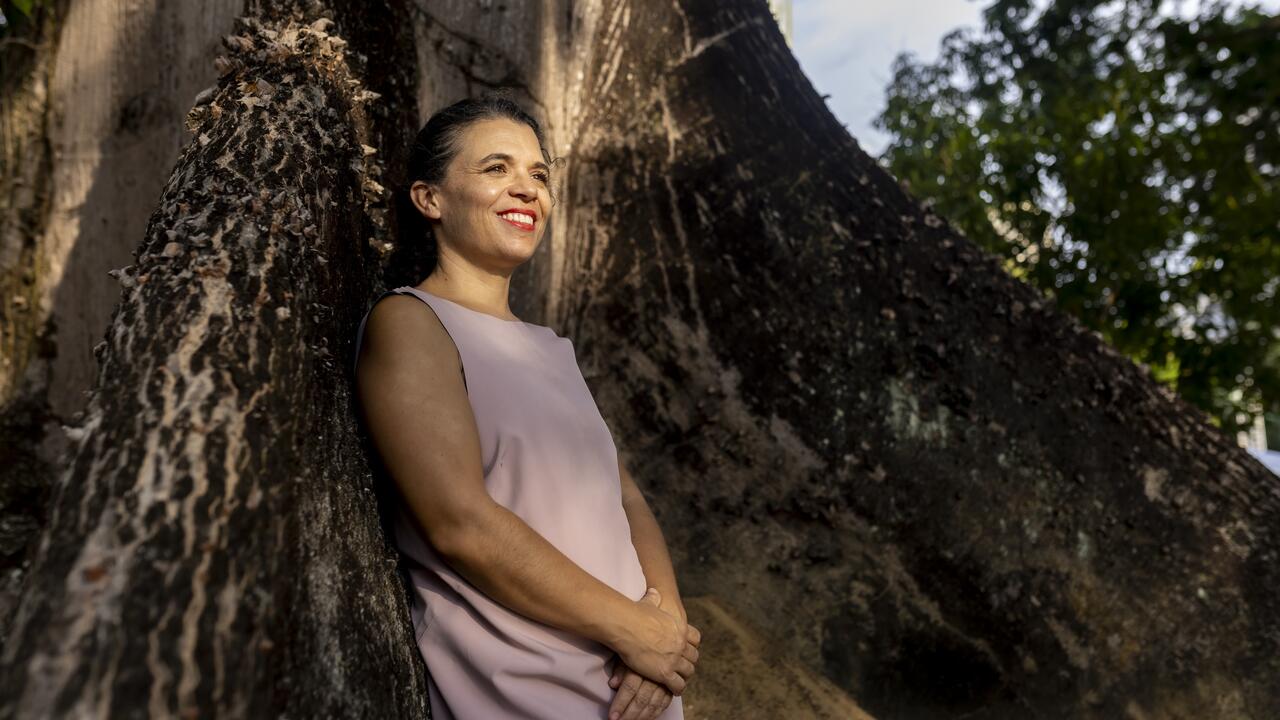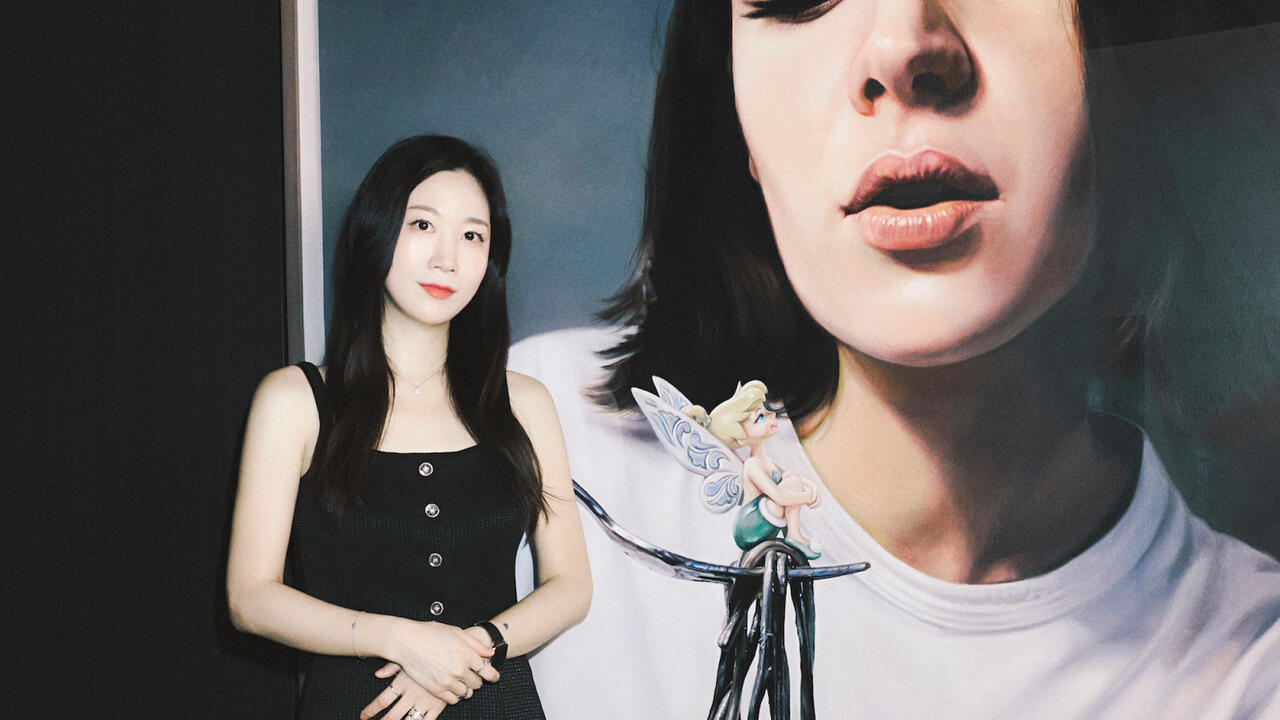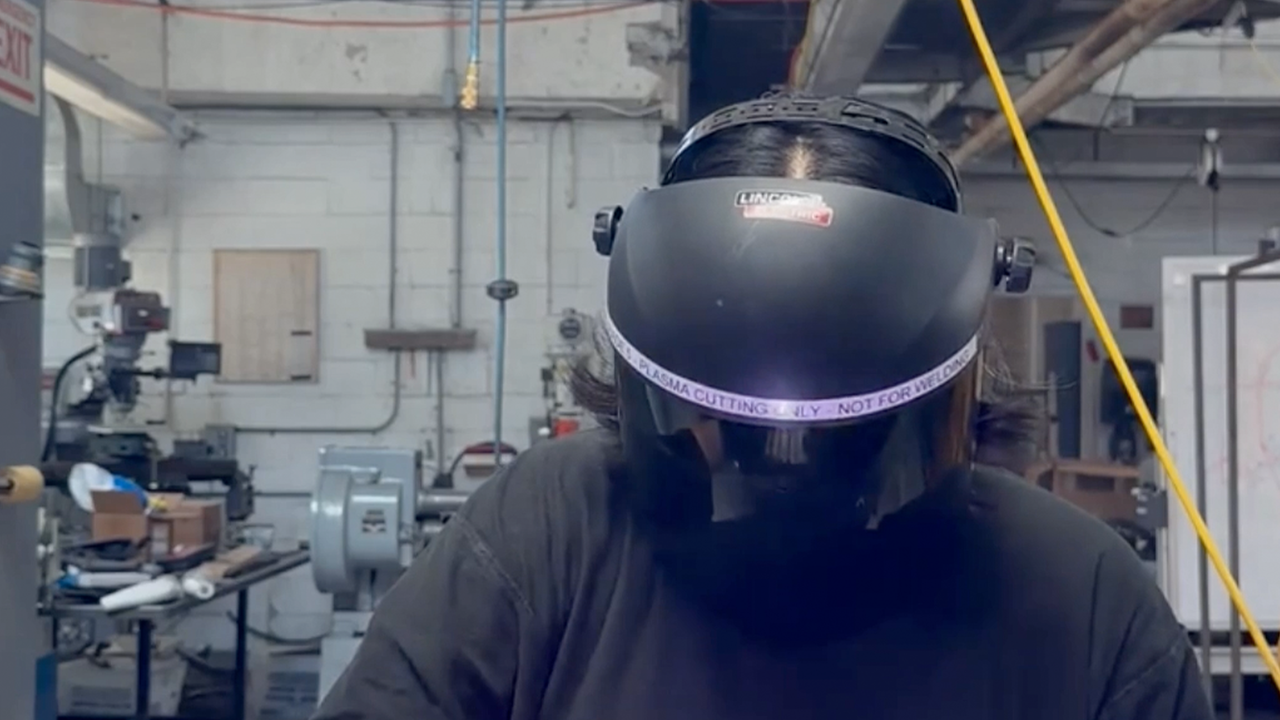Frieze Masters ‘Studio’: Mona Hatoum
The London-based artist discusses her practice of accumulating drawings and ephemera in her studio and how she has reimagined an object from childhood
The London-based artist discusses her practice of accumulating drawings and ephemera in her studio and how she has reimagined an object from childhood

Mona Hatoum: My first studio came with my appointment as Senior Fellow in Fine Art at the South Glamorgan Institute of Higher Education in Cardiff. I had that space for three years, from 1989 to 1992, while I was teaching for one day a week. It was the first time since 1975, when I arrived in London, that I became financially secure and had plenty of time to devote to my own work. Having access to a proper studio space and a well-equipped sculpture workshop helped me make the shift from working in performance and video to installations and sculptural work, which is what I had been wanting to do for a long time.

I still feel that I am not a studio artist. I am more inspired when I am on the move.
My current studio in London is split between two locations. One is on the first floor of a warehouse building in Shoreditch and is about 2,000 square feet. I have had this studio since 2012 and use it for clean work, small sculptures, for making maquettes and planning upcoming exhibitions. It is a nice place to hold meetings of all kinds. I like the afternoons here, when the light streams through the four large windows at the front of the building. I also like to stay on in the evening and often work over the weekend, as I like it best when I am on my own. We now live above this studio because I like it when my workspace is in close proximity to, or even an extension of, my living space, so I can go in and out casually at any time of the day or night. My other space, which I got in 2018, is a ten- minute bus ride up the road in Dalston. It is on the ground floor at the back of an old Victorian factory, about 1,500 square feet in size, with four-metre-high ceilings. I use it for building large and messy works.

Despite this, I still feel that I am not a studio artist. I tend to produce work in several locations and often set up temporary studios whenever I am doing a residency abroad or working towards an exhibition where I am producing the work locally. I am more inspired when I am on the move. Wherever I am working, I always stick drawings from my notebooks on the wall, alongside reference images I collect from local magazines, papers, ephemera and photos of inspiring aspects of the architecture of the place. I often end up with anatomical images of the body, especially undulating patterns of brain and intestines, and I incorporate hair or fingernails in the drawings or sculptures. I tend to collect a lot of things from local popular markets and junkshops. I end up with small bird cages, kitchen utensils, samples of materials and religious icons, which I like for their kitsch value.

Particularly important to me is an object that predates the existence of any of my studios. It is an object from my childhood that I found at the back of my mother’s kitchen cupboard while I was helping her clear up during a visit to Beirut. It is a rotary vegetable shredder from the ’40s or ’50s called a Mouli-Julienne – probably one of the first food processors invented after the Second World War. I brought it back to London and looking at it again as an adult, it made me think of a scorpion brandishing its venomous tail or a three-legged prehistoric animal. At the end of the ’90s, I created a sculpture based on it, scaling it up to 17 times its original size until it loomed over your head and the shredding drum became big enough to accommodate a human body in a foetal position. There was something uncanny and menacing about it, like an execution machine, but it was also playful and funny, giving you the feeling that you had suddenly shrunk in size like Alice in Wonderland. This object will stay with me forever.
As told to Livia Russell.
Further Information
Frieze Masters and Frieze London take place concurrently from 11-15 October 2023 in The Regent’s Park, London. Studio is on view at Frieze Masters for the duration of the fair.
Tickets
Early-bird tickets to the fairs are now sold out. Limited full-price tickets have just been released. Don’t miss out, book yours now.
To keep up to date on all the latest news from Frieze, sign up to the newsletter at frieze.com, and follow @friezeofficial on Instagram and Twitter, and Frieze Official on Facebook.






















